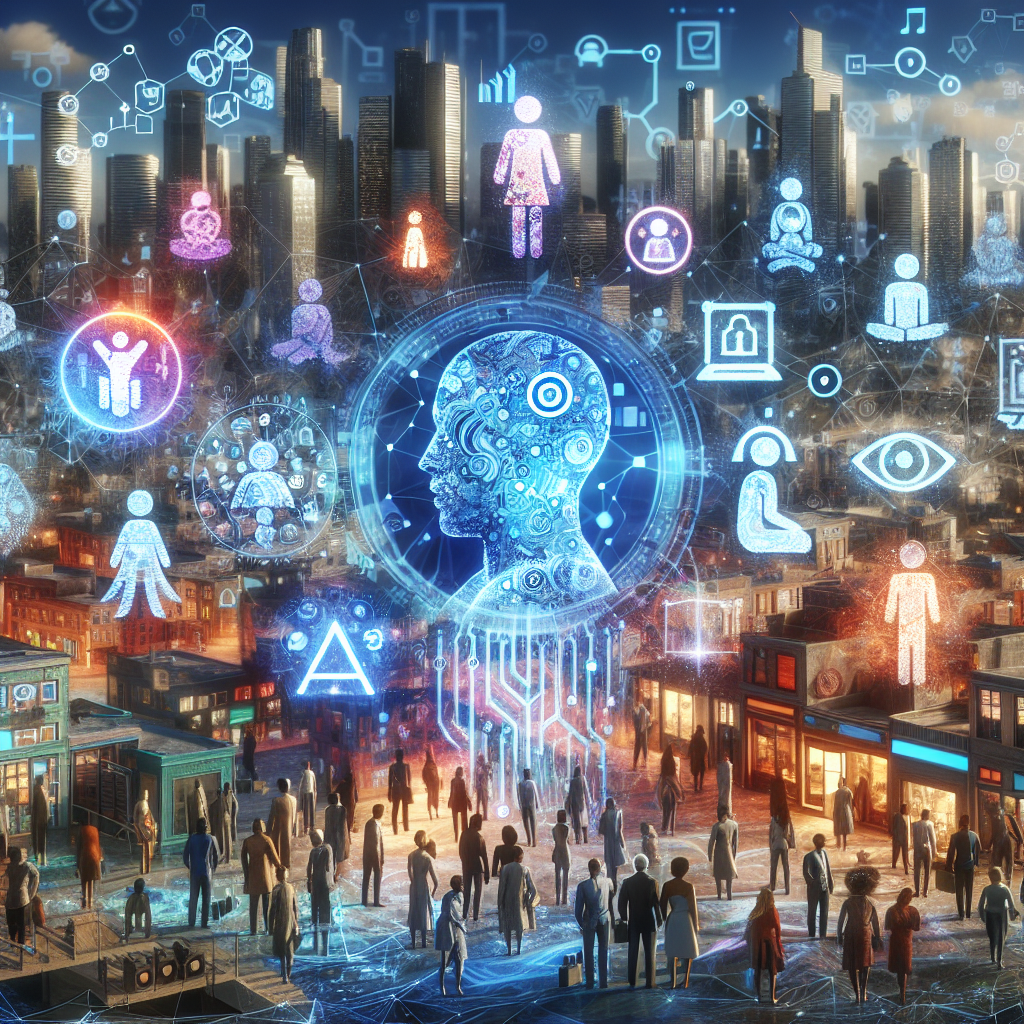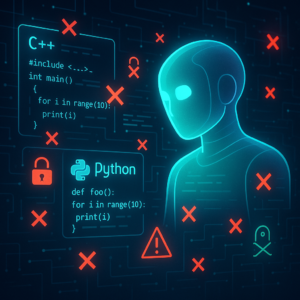How AI Can Be the Hero for Diversity and Inclusion

How AI Can Be the Hero for Diversity and Inclusion
When you hear “artificial intelligence” or “AI,” what comes to mind? Maybe sci-fi movies and futuristic gadgets? Well, here’s a plot twist: AI isn’t just about cool tech or self-driving cars. It holds real potential to make our world fairer and more inclusive. Thanks to a group of bright minds from Tilburg University’s Department of Cognitive Science and Artificial Intelligence (CSAI), there are clear paths to tackling societal issues like bias and inequality, using the power of AI. So, grab a coffee and let’s dive into how AI could really flip the script on diversity and inclusion.
AI: The Double-Edged Sword
AI is much like a knife—useful and efficient, but potentially dangerous in the wrong hands. Sure, it’s revolutionizing industries, from predicting weather patterns to diagnosing diseases. But there’s a flip side. Many AI systems inherit biases from the data they are trained on. For example, AI tools like ChatGPT and Stable Diffusion, while super efficient, face challenges like “black box” operations—where we don’t know exactly how they’re making decisions—and a lack of cultural sensitivity. Think of these models as strangers at your family dinner: they need context to interact meaningfully!
Making AI Speak Human: The Transparency Challenge
AI can give you the answers, but can it explain itself in human terms? That’s a question the researchers at CSAI are tackling head-on. AI systems need to be transparent, meaning we should be able to understand and trust their decision-making processes. Currently, AI models might nail technical performance but often fail to interact like a human would in culturally or socially nuanced situations. Making them more “human” means actively incorporating social cues and diverse perspectives during their development. Picture trying to read a novel without understanding any metaphors—it doesn’t quite work, does it?
The Big “Oops”: Addressing AI Biases
We’ve all put our foot in our mouth at some point; AI, unfortunately, can do the same—but with potentially more harmful consequences. AI systems trained on biased data can perpetuate stereotypes or promote inequality. Think about automated translation tools that misinterpret gender-neutral languages and end up reinforcing stereotypes: “She is baking a cake. He’s a professor.” Yikes, right? Researchers are working to identify these biases and come up with solutions that consider gender nuances and more. It’s like teaching your AI buddy not to bring up awkward family history at the dinner table.
AI Helping Real People: Child Growth Monitor and Inclusive Tech
Ever used an app that made life just a bit easier? AI can expand beyond personal gadgets to solve global issues like malnutrition and poverty. For instance, CSAI’s collaboration with the “Child Growth Monitor” project uses AI to identify malnutrition in children by analyzing images. Imagine a world where healthcare can reach the remotest parts, just through a phone camera! Similarly, projects like SignON are using AI to bridge communication gaps between deaf and hearing individuals, advocating for inclusivity in tech across the board. Here, AI isn’t just tech; it’s a real-world superhero.
Fighting Fake News with AI: Search Guardian
In the wild world of social media, misinformation can spread like wildfire, and once it’s out there, it’s hard to get rid of. Enter the “Search Guardian” project: a digital watchdog utilizing AI to monitor and tackle disinformation about the LGBTQ+ community. This system automatically reviews search engine results to sift out harmful misunderstandings. It’s teamed up with experts across Europe to ensure various narratives don’t get swallowed (or rewritten) by a monolithic digital void. It’s like having a wise librarian who fetches you only the facts in the library of the internet.
Beyond Language: SignON and Universal Communication
Communication goes beyond just words—it’s about understanding and being understood. The SignON project aims to reduce the communication gap between the hearing and deaf communities, using technology to promote open dialogues. But here’s the catch—it’s about promoting choice, where people decide the mode of communication, not merely relying on tech. This encourages an environment where technological solutions are helpful partners, not overbearing tech overlords.
Key Takeaways
-
AI has an incredible role to play in promoting diversity and inclusion, but it’s got some growing pains to overcome first. From bias identification to transparent AI systems, there’s much work to do.
-
AI projects like Child Growth Monitor and SignON show the potential of AI to address real-world problems like malnutrition and communication barriers, proving that technology paired with empathy and understanding can make a difference.
-
Collaboration across disciplines is key. Getting contributions from fields like law, ethics, and sociolinguistics ensures that AI tools are developed with a full understanding of the diverse human experience.
-
AI can tackle misinformation head-on, serving as a digital ally to communities at risk from fake news and stereotypes. Trustworthy AI isn’t about making machines that think like humans, but about empowering us all to think more inclusively and equitably.
In a nutshell, AI could indeed be the knight in shining armor in the fight for a just and inclusive world. But like any good hero, it needs the right training and a set of ethical standards to walk the talk, ensuring that the future is bright for all of us.
If you are looking to improve your prompting skills and haven’t already, check out our free Advanced Prompt Engineering course.
This blog post is based on the research article “AI in Support of Diversity and Inclusion” by Authors: Çiçek Güven, Afra Alishahi, Henry Brighton, Gonzalo Nápoles, Juan Sebastian Olier, Marie Šafář, Eric Postma, Dimitar Shterionov, Mirella De Sisto, Eva Vanmassenhove. You can find the original article here.




